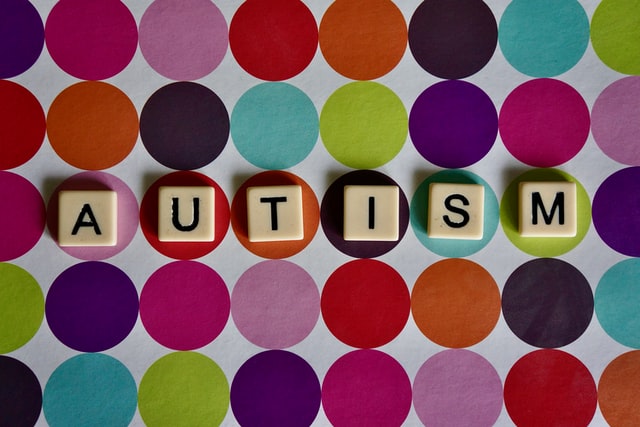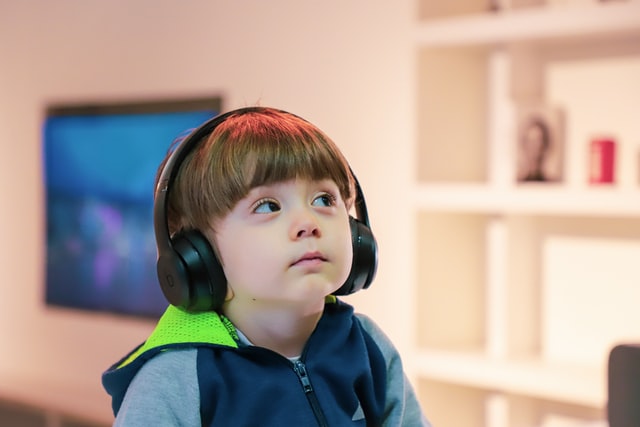
Every child is different and some will need to overcome more challenging educational obstacles than others. This is particularly relevant in the event that a child has recently been diagnosed with autism. According to the latest statistics, it is estimated that one out of every 100 children suffer from autism spectrum disorder. However, there are still numerous ways to provide targeted levels of support within the EYFS (Early Years Foundation Stage). Lt us take a quick look at some professional suggestions as well as how modern software solutions can provide further assistance.
Understanding the Types of Autism
It is first important for parents, teachers and caregivers to appreciate the fact that autism can be classified in terms of severity and behavioural patterns. For example, “classic” autism is associated with poor language skills, difficulty interacting with others and a sensitivity to environmental changes (such as when placed within an unfamiliar classroom). Those with Asperger’s syndrome possess language skills and they can interact with others. However, they tend to perform these and other tasks in unique manners.
It is therefore important to understand what type of autism is present. The correct educational approaches can then be taken during the Early Years Foundation Stage. In the majority of cases, a diagnosis will be made by a team of trained professional before or during early scholastic years.
Creating a Familiar Educational Structure

One of the keys to helping autistic children adapt is to embrace a more structured approach to learning. This should occur within the classroom as well as when learning at home. One unique approach involves breaking the educational process down into a handful of categories:
- Creating a physical structure in terms of classroom settings.
- Helping children to learn with a visual schedule (such as when a certain activity will be taking place).
- Providing the child with information in regards to what he or she can expect within the classroom.
- Describing how specific activities should be performed (with the guidance of a parent or teacher).
Perhaps the main takeaway point is that autistic children are not necessarily averse to learning. Instead, the processes themselves need to be tackled in slightly different manners when compared to standard practices.

Communications and Insight
Communicating with a child and establishing a sense of trust are both extremely important. He or she will feel more comfortable and relaxed; particularly during the EYFS stage. Furthermore, it is prudent to keep track of a child’s progress with the help of advanced software such as the EYFS assessment tracker here.
Science has come a long way in recent years in regards to how autism is treated at an early stage. While there is still no known cure for this condition, there are many ways in which parents and caregivers can promote a positive learning experience. Of course, it is still necessary to consult with trained professionals to discover even more unique strategies and techniques.
